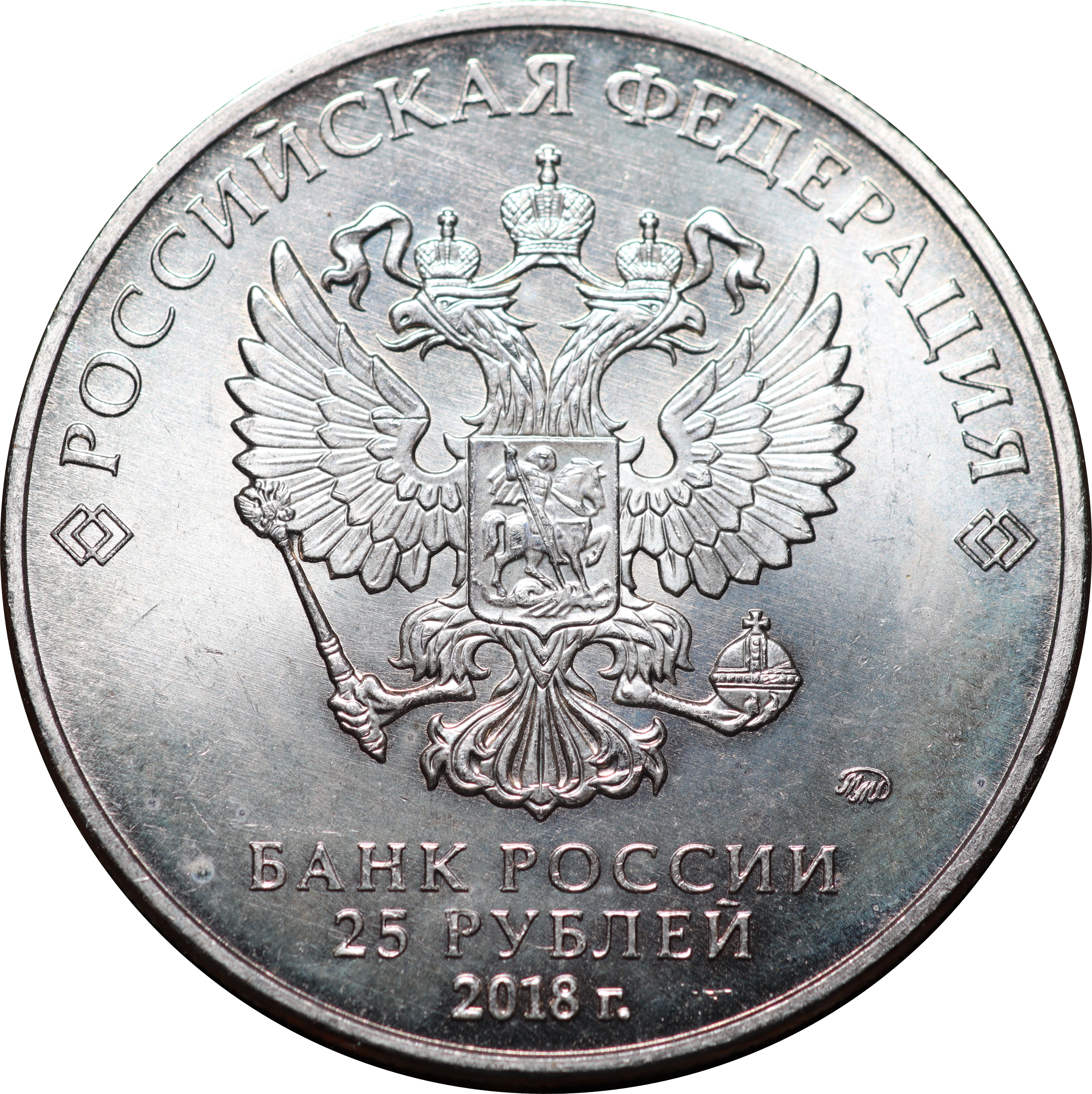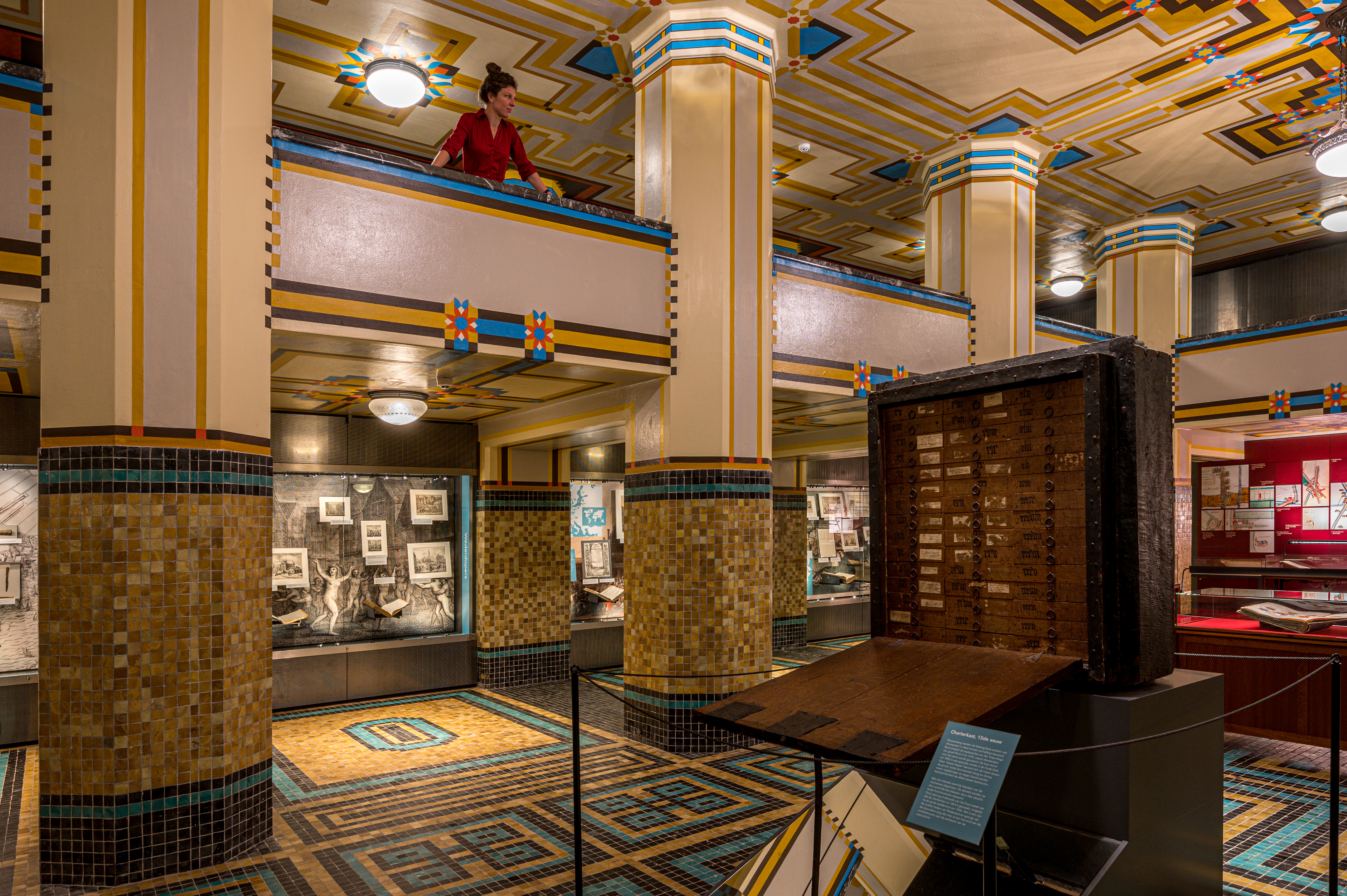|
Jacob De Wilde
Jacob de Wilde (1645–1721) was a citizen of the Dutch Republic. Of modest stock, he married well and rose socially to become ontvanger-generaal (or collector-general, responsible for collecting taxes) of the Admiralty of Amsterdam. He is better known, however, as a collector of coins, medals, antique statues, and scientific instruments, whose collection was housed in a museum built behind the property he owned in Amsterdam; the ''Museum Wildeanum'' drew many important international visitors. Biography Much of the biographical data were established indirectly by I. H. van Eeghen, and published in a 1958 article on which the following relies. According to himself he was born on the 14 December 1645 in The Hague to Remonstrant parents, but baptismal records were not preserved. His father, Willem de Wilde, and grandfather were plumbers; his mother, Hillegont Herpers of Gouda, came from a well-known Remonstrant family and it is likely that he got the position of collector-general fo ... [...More Info...] [...Related Items...] OR: [Wikipedia] [Google] [Baidu] |
Collection Of Jacob De Wilde
Collection or Collections may refer to: Computing * Collection (abstract data type), the abstract concept of collections in computer science * Collection (linking), the act of linkage editing in computing * Garbage collection (computing), automatic memory management method Mathematics * Set (mathematics) * Class (set theory) * Family of sets * Indexed family * Multiset * Parametric family Albums Collection * Collection (Soccer Mommy album), ''Collection'' (Soccer Mommy album), 2017 * Collection (2NE1 album), ''Collection'' (2NE1 album), 2012 * Collection (Agnes album), ''Collection'' (Agnes album), 2013 * Collection (Arvingarna album), ''Collection'' (Arvingarna album), 2002 * Collection (Jason Becker album), ''Collection'' (Jason Becker album), 2008 * Collection (Tracy Chapman album), ''Collection'' (Tracy Chapman album), 2001 * Collection (The Charlatans album), ''Collection'' (The Charlatans album) * Collection (Dave Grusin album), ''Collection'' (Dave Grusin album), 1989 * ... [...More Info...] [...Related Items...] OR: [Wikipedia] [Google] [Baidu] |
Vischer Family Of Nuremberg
Vischer is the name of a family of sculptors active in Nuremberg between 1453 and 1549. The family contributed largely to the masterpieces of German art in the 15th and 16th centuries. Attribution between them can be confusing since they worked together out of the same workshop. The fame of Peter Vischer the Elder seems to have caused the tendency of over attribution to him versus his sons and even non-family members. Hermann Vischer the Elder Hermann Vischer, the Elder came to Nuremberg as a worker in brass in 1453 and there became a "master" of his guild. There is only one work that can be ascribed to him with certainty, the baptismal font in the parish church of Wittenberg (1457). This is decorated with figures of the Apostles. He died in 1487. Peter Vischer the Elder Hermann's son, Peter Vischer the Elder (c.1455 –7 January 1529), is the best known member of the family. He worked with the help of his five sons, Hermann, Peter, Hans, Paul. Hermann Vischer the Younger H ... [...More Info...] [...Related Items...] OR: [Wikipedia] [Google] [Baidu] |
Acta Eruditorum - II Monete, 1693 – BEIC 13354442
Acta or ACTA may refer to: Institutions * Anti-Counterfeiting Trade Agreement, an intellectual property trade agreement * Administrative Council for Terminal Attachments, a standards organization for terminal equipment such as registered jacks * Alameda Corridor Transportation Authority, in southern California * American Council of Trustees and Alumni, an education organization * Atlantic County Transportation Authority, a transportation agency in Atlantic County, New Jersey * Australian Community Television Alliance, an industry association representing community television licensees in Australia Science and technology * Acta, the transactions (proceedings) of an academic field, a learned society, or an academic conference * Acta (software), early outliner software * Activin A, mammalian protein * ACTA1, actin alpha 1 (skeletal muscle), human protein * ACTA2, actin alpha 2 (smooth muscle), human protein * Actin assembly-inducing protein, motility protein in the bacterium ''Listeri ... [...More Info...] [...Related Items...] OR: [Wikipedia] [Google] [Baidu] |
Alsace
Alsace (, ; ) is a cultural region and a territorial collectivity in the Grand Est administrative region of northeastern France, on the west bank of the upper Rhine, next to Germany and Switzerland. In January 2021, it had a population of 1,919,745. Alsatian culture is characterized by a blend of German and French influences. Until 1871, Alsace included the area now known as the Territoire de Belfort, which formed its southernmost part. From 1982 to 2016, Alsace was the smallest administrative in metropolitan France, consisting of the Bas-Rhin and Haut-Rhin Departments of France, departments. Territorial reform passed by the French Parliament in 2014 resulted in the merger of the Alsace administrative region with Champagne-Ardenne and Lorraine to form Grand Est. On 1 January 2021, the departments of Bas-Rhin and Haut-Rhin merged into the new European Collectivity of Alsace but remained part of the region Grand Est. Alsatian dialect, Alsatian is an Alemannic German, Alemannic ... [...More Info...] [...Related Items...] OR: [Wikipedia] [Google] [Baidu] |
Kunstkamera
The Kunstkamera (, derived from German ''Kunstkammer'' lit. "art chamber") formally organized as the Russian Academy of Science's Peter the Great Museum of Anthropology and Ethnography (, ''Muzey antropologii i etnografii imeni Petra Velikogo Rossiyskoy akademii nauk'') - abbreviated in Russian as the or ; is a Russian public museum of science located on the Universitetskaya Embankment in Saint Petersburg, facing the Winter Palace. Its collection was first opened at the Summer Palace by Peter the Great in 1714 as Russia's first public museum. Enlarged by purchases from the Dutch collectors Albertus Seba and Frederik Ruysch, the museum was moved to its present location in 1727. Although most known for its "grotesques," the museum houses nearly 2,000,000 items, including materials from various non-Russian countries. The Kunstkamera is notable as a surviving example of Petrine baroque. Particularly notable is its Armillary Sphere, which crowns the spire. History As part o ... [...More Info...] [...Related Items...] OR: [Wikipedia] [Google] [Baidu] |
Robert Erskine (physician)
Robert Erskine FRS (1677–1718) was a Scottish physician remembered as an advisor to Tsar Peter the Great. He became one of the Tsar's most powerful advisors.Robert 2009, p. 53 He was known in Russia as Robert Karlovich Areskin. Life He was born on 8 September 1677 a third son of Sir Charles Erskine, 1st Baronet of Alva and his wife Christian Dundas of Arniston. He was born in the family home of Alva House in Clackmannanshire. His younger brother was Charles Erskine, Lord Tinwald. He was also a first cousin of John Erskine, Earl of Mar (1675–1732) and Robert Dundas of Arniston, the Elder, and uncle to James Erskine, Lord Alva. He engaged in medical studies in Edinburgh, Paris and Utrecht receiving a doctorate in medicine in the latter, and was made a Fellow of the Royal Society in 1703. He arrived in Russia in the summer of 1704 originally as physician to Alexander Menshikov but within 6 months had found favour in the court of the tsar. Head of the entire medical chancel ... [...More Info...] [...Related Items...] OR: [Wikipedia] [Google] [Baidu] |
Coat Of Arms Of Russia
The coat of arms of Russia derives from the earlier coat of arms of the Russian Empire. Though modified more than once since the reign of Ivan III (1462–1505), the current coat of arms is directly derived from its medieval original, with the double-headed eagle having Byzantine Empire, Byzantine and earlier antecedents. The general Tincture (heraldry), tincture corresponds to the fifteenth-century standard. Description and usage The two main elements of Russian state symbols (the two-headed eagle and Saint George and the Dragon, Saint George slaying the dragon) predate Peter the Great. According to the Kremlin.ru, Kremlin's website: «...четырёхугольный, с закруглёнными нижними углами, заострённый в оконечности красный геральдический щит с золотым двуглавым орлом, поднявшим вверх распущенные крылья. Орел увенчан двумя м� ... [...More Info...] [...Related Items...] OR: [Wikipedia] [Google] [Baidu] |
Double-headed Eagle
The double-headed eagle is an Iconology, iconographic symbol originating in the Bronze Age. The earliest predecessors of the symbol can be found in Mycenaean Greece and in the Ancient Near East, especially in Mesopotamian and Hittite Empire#iconography, Hittite iconography. Most modern uses of the emblem are directly or indirectly associated with its use by the Palaiologos dynasty of the Byzantine Empire, a use possibly derived from the Roman Empire, Roman Imperial Aquila (Roman), Aquila. High Middle Ages, High medieval iterations of the motif can be found in Islamic Spain, Medieval France, France, the First Bulgarian Empire, Bulgarian Empire and the Serbian principality of Grand Principality of Serbia, Raška. From the 13th century onward it appeared within the Islamic world in the Seljuk Sultanate of Rum and the Mamluk Sultanate (Cairo), Mamluk Sultanate, and within the Christian world in Albania in the Middle Ages, Albania, the Holy Roman Empire, Tsardom of Russia, Russia, and ... [...More Info...] [...Related Items...] OR: [Wikipedia] [Google] [Baidu] |
Trouw
''Trouw'' (; ) is a Dutch daily newspaper appearing in compact size. It was founded in 1943 as an orthodox Protestant underground newspaper during World War II. Since 2009, it has been owned by DPG Media (known as De Persgroep until 2019). ''Trouw'' received the European Newspaper Award in 2012. Cees van der Laan is the current editor-in-chief. History ''Trouw'' is a Dutch word meaning "fidelity", "loyalty", or "allegiance", and is cognate with the English adjective "true". The name was chosen to reflect allegiance and loyalty to God and country in spite of the German occupation of the Netherlands. ''Trouw'' was started during World War II by members of the Dutch Protestant resistance against the German occupation. Hundreds of people involved in the production and distribution of the newspaper were arrested and killed during the war. The newspaper was published irregularly during the war due to lack of paper. In 1944 the German forces tried to stop publication by roundi ... [...More Info...] [...Related Items...] OR: [Wikipedia] [Google] [Baidu] |
Amsterdam City Archives
The Amsterdam City Archives () preserves documents pertaining to the history of Amsterdam and provides information about the city. With archives covering a shelf-length of about 50 kilometres, the Amsterdam City Archives is the largest municipal archive in the world. History In the Middle Ages, Amsterdam’s important documents were stored in a special cabinet that was kept in the so-called ‘Iron Chapel’ (IJzeren Kapel) in the Old Church ( Oude Kerk). In the nineteenth century, the archives moved to the Waag building at the Nieuwmarkt, and in 1914 to the former town hall of Nieuwer-Amstel. Since the summer of 2007, the Amsterdam City Archives have been located in the monumental building De Bazel, in the city-centre, which derives its name from the famous Dutch architect Karel de Bazel, who designed it. Preservation The Amsterdam City Archives belongs to the government of Amsterdam. It preserves the archives of the municipal government and of the national government when rela ... [...More Info...] [...Related Items...] OR: [Wikipedia] [Google] [Baidu] |
Saint Petersburg
Saint Petersburg, formerly known as Petrograd and later Leningrad, is the List of cities and towns in Russia by population, second-largest city in Russia after Moscow. It is situated on the Neva, River Neva, at the head of the Gulf of Finland on the Baltic Sea. The city had a population of 5,601,911 residents as of 2021, with more than 6.4 million people living in the Saint Petersburg metropolitan area, metropolitan area. Saint Petersburg is the List of European cities by population within city limits, fourth-most populous city in Europe, the List of cities and towns around the Baltic Sea, most populous city on the Baltic Sea, and the world's List of northernmost items#Cities and settlements, northernmost city of more than 1 million residents. As the former capital of the Russian Empire, and a Ports of the Baltic Sea, historically strategic port, it is governed as a Federal cities of Russia, federal city. The city was founded by Tsar Peter the Great on 27 May 1703 on the s ... [...More Info...] [...Related Items...] OR: [Wikipedia] [Google] [Baidu] |




